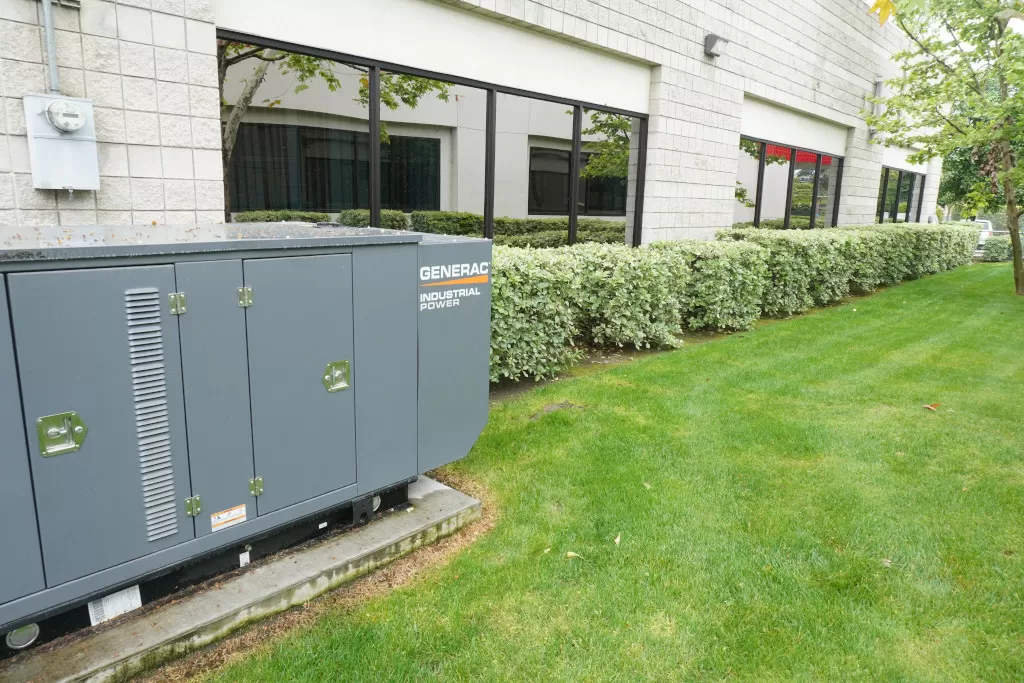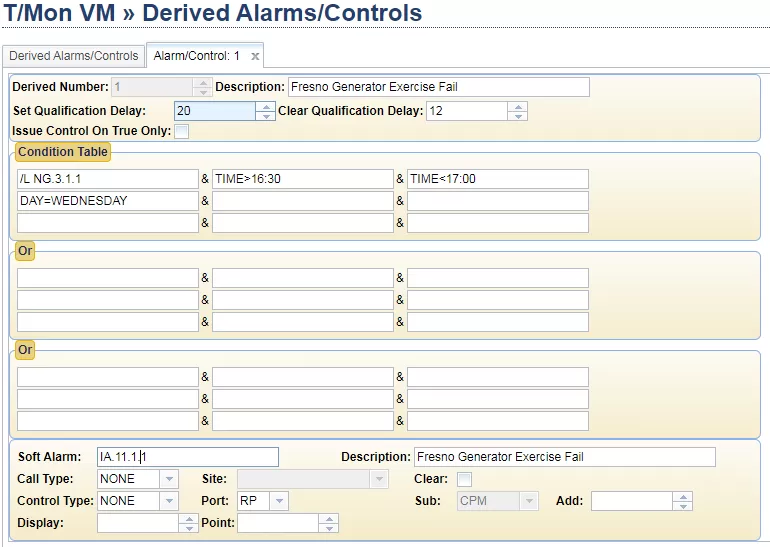Check out our White Paper Series!
A complete library of helpful advice and survival guides for every aspect of system monitoring and control.
1-800-693-0351
Have a specific question? Ask our team of expert engineers and get a specific answer!
Sign up for the next DPS Factory Training!

Whether you're new to our equipment or you've used it for years, DPS factory training is the best way to get more from your monitoring.
Reserve Your Seat TodayAt DPS, we've always focused on building strong and positive relationships with our clients. Our mission is to offer perfect-fit monitoring solutions, and nothing less. Occasionally, we meet our clients to offer training and help tune up their monitoring systems.

DPS' Generac Monitoring System
Earlier in February, we visited a telephone company in Louisiana to diagnose and ultimately help them improve their current monitoring system. Let's take a look at how it went:
When we first visit our clients at their sites, we don't always know what to expect. We know what products the company has bought in the past, but as time passes by and their network grows, their applications might change. We may not know how our products are being utilized - or even which of our devices are still being used.
So, our first step is always to make sure that all their DPS equipment is running up to acceptable levels and being useful in their current scenario.
The telephone company that we visited still uses our earlier models of the NetGuardian 832A RTU (Remote Telemetry Unit) and the T/Mon LNX (Master Station). They've had these devices for at least ten years.
Since the average life expectancy of remote monitoring equipment is between five to ten years, even though our gear frequently lives longer, our main objective was to make sure that they were still operational. After all, gear can "still be operational" but not really get the job done if the world has changed since it was built.
They explained to us that the DPS devices were still working properly without any glitches. So we agreed that there was no need to replace gear that is in good condition.
Also, since we offer tech support for our legacy devices and free firmware upgrades, they can ensure their monitoring system is compatible until they decide it's time for a migration plan.
After getting to know their current situation and ensuring that our devices are still running smoothly, we started asking a few questions to dig deeper into specific areas that they're already monitoring - but that might need improvements.
One area where we saw the potential for better visibility was their remote generator monitoring system.
Although they already had an efficient remote monitoring system in place, there was room for improvement. Upgrading their visibility over their generators was one opportunity we found that would make a difference for this company.
Their generators run self-tests, and the monitoring system alerts the technicians that the tests have started. This is great, but we couldn't look past the advantage of having them also know immediately when the tests don't happen as scheduled.
In other words, they had their generators configured to send out alarms when the generator runs, but they didn't have their generator monitoring system software sending out notifications when the generators didn't start as scheduled.
Let's suppose your generator self-test (exercise cycle) happens every week at 4 AM. Receiving a notification every time a successful self-test occurs is something that you'd probably ignore and come to dislike, as the tests are something that is expected. Why should you be woken up for a "no problem" message?
This alert eventually becomes a nuisance alarm that your techs will ignore and, at the end of the day, no one will notice if the weekly notification doesn't come.
However, you can create a Derived Alarm (the DPS name for a "soft alarm" that isn't directly based on a single input). This alarm will be triggered only when the self-test doesn't happen (generator failure) according to schedule. With this setup, you're getting the actual information you want. We typically hear these called "gen run fail alarms" by DPS clients.
This feature is especially useful if your company needs to follow government regulations on generator run tests to make sure this equipment will work when an emergency occurs.
Derived Alarms are powerful tools for differentiating harmless events from major network threats. The flexibility of this feature lets you customize your alarms to your specific needs under multiple scenarios.
Configuring this alarm is actually quite simple. You most likely already have a "gen run" alarm configured in your T/Mon. Now all you need to do is set up a derived alarm with that same alarm point, and the time and day the generator should be running.

Configuring generator run-fail derived alarm in the T/Mon LNX web interface
Above, you can see a pretty straightforward derived alarm configuration. In the Condition Table, you can see the display point for the "generator run" alarm is at NG.3.1.1. Since we want to trigger the derived alarm when the generator is NOT running at the specified exercise time, we add /L, making it "/L NG.3.1.1".
All we have to do now is specify the time and day the generator should be exercised. In this example, the generator will be exercised between 4:30 and 5:00 p.m. on Wednesday, so we add "DAY=WEDNESDAY", "TIME>16:30" and "TIME<17:00".
This derived alarm will now trigger if the generator is not running between 4:30 and 5:00 p.m. on Wednesday.
A few other points to note are the Set and Clear Qualification Delays. These allow you to fine-tune your alarm so you aren't receiving alarms between the allotted time if your generator simply hasn't started yet, or if it does start late and finish its exercise after 5:00 p.m.
At this client visit, we managed to adjust and refine their current monitoring system. We also improved the visibility over their generators in a manner they didn't know was possible, using features that were already included in their previous purchases!
This is just one example of how our on-site client visits often turn out to be exciting days of learning and collaboration that generate a solid list of action items. The end result is almost always something that couldn't be achieved over the phone or via email.
Having our team come to you is an opportunity for us to meet each other, gain a different perspective on your network, and have your remote monitoring system tuned-up.
Do you want to request and schedule a site visit with one of our teams, or simply want to know more about our generator remote monitoring and control solutions? Talk to us. We're happy to help with anything you need.

Jared Narbaitz
Jared Narbaitz is a Software Engineer at DPS Telecom. He brings over 6 years of remote monitoring experience and has visited more than 50 DPS client sites. At DPS Telecom, Jared is responsible for managing the website and developing web applications for internal processes. He also assists sales ...